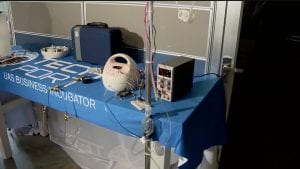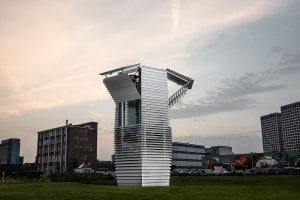The Issue at Hand
The respiratory impacts of the COVID-19 virus have made ventilators one of the most needed medical devices in hospitals. As of April 5th, the New York City Mayor Bill de Blasio warned that the city would run out of ventilators in a matter of days. Luckily, just over 3 weeks after his warning, New York has been able to keep up with demand and is now giving away extra ventilators to other areas in need.
Nonetheless, this issue caught the attention of some engineers who wanted to make a difference. Located in Maryland, Brandi Gerstner, Grant Gerstner, Alex Scott, and Rachel LaBatt modified breast pumps to create temporary ventilators and free up higher-quality ones for those who need them the most.
The Solution
To create temporary ventilators, the team needed to produce medical-grade equipment at a low cost. Following the FDA’s approval for the use of positive-pressure emergency medical equipment, Gerstner had an idea: why not try a breast pump?
The closed-loop compressor combined with a medically-based production process made the breast pump an ideal choice for a ventilator. One issue, however, was that breast pumps sucked instead of pumped. To remedy this, Gerstner broke into one of her old breast pumps and found a way to easily reverse its air-flow. To further increase its accuracy, the team soldered some pins into the pump’s electrical board and used an Arduino to control its operation.
The prototype costs about $250 to produce, which is incredibly low when compared to the $25,000 cost of a medical ventilator. While the team is well-aware their pump adaptation will not provide the same services as a high-end medical ventilator, they seek to ‘fill the gap’ and make the higher-quality ventilators more available to those who need them.
The Implementation
To ensure user safety, the ‘breath pump‘ team is working to improve and test their pump before releasing the designs. They are currently working with a pulmonologist to create a better design more suited for medical use. For FDA approval, the device will also need to be tested in a biomedical simulation lab.
Once their design gains FDA approval, the team will release their modifications in an open-source format. Unconcerned about monetary gain, they simply want to “make a difference.” While the ventilator shortage has become less of an issue, engineers like Gerstner and her team will make a large impact in the fight against COVID-19.








